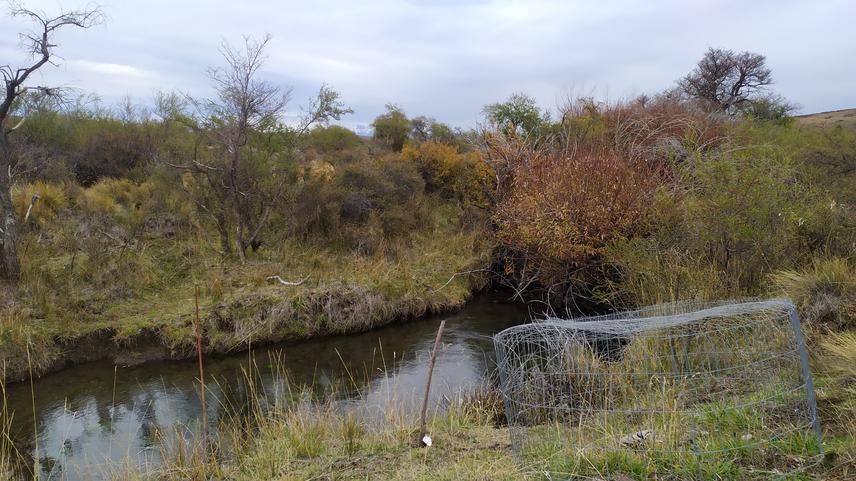María del Milagro Torres
The management and/or eradication of invasive species are widely recommended actions to limit damages and restore native ecosystems. However, these actions could produce undesired or unexpected effects such as re-invasions, secondary invasions, and changes on ungulates herbivory, that threaten the conservation of native ecosystems. Willow species (Salix spp.) are recognized as extremely invasive in New Zealand, Australia, South Africa, and South America. In northwestern Patagonia, several willow species were also introduced by European settlers with ornamental, protection, and productive aims. These willow species have adaptations that make them highly invasive by affecting social activities and riparian habitats. Although management practices for non-native willows have been carried out, there has not been an evaluation of the ecological response of riparian habitats to these practices, as well as of potential regeneration of plant communities without human intervention (i.e., passive restoration) and with native revegetation (i.e., active restoration). Therefore, we consider it crucial to quantify these unexplored responses and those of ungulates which could threaten the riparian forest and shrubland conservation.

Plot with non-native willow removal where a micro-fence was installed to measure ungulate impacts on riparian plant communities.
Our project focuses on determining the ecological impact of managing the invasion of non-native willows (Salix spp.) alongside riparian forests and shrublands in northwestern Patagonia. On one hand, our academic interests lie in understanding the ecological consequences of the management of non-native species, and how interactions among them could facilitate or control invasions. On the other hand, our conservation interests are focused on restoring invaded riparian forests and shrublands, and preserving them with their associated biodiversity, ecological functions, and ecosystem services.
By using two methodological approaches, we will evaluate: (A) the effects of manual removal of non-native willows on attributes of riparian plant communities such as abundance, composition, structure (i.e., passive restoration), use by non-native ungulates, and abiotic characteristics of sites; and (B) the effects of willow removal on the regeneration of planted native and non-native tree species (i.e., active restoration) and preference of ungulates on these species. These results will contribute to the achievement of the management planning for willows and other non-native species based on robust scientific evidence in order to minimize the adverse consequences on riparian native communities and ecosystems and increase their restoration.
Header: Sheep (non-native ungulates) in a native riparian forest and shrubland with willow invasion from Northwestern Patagonia.